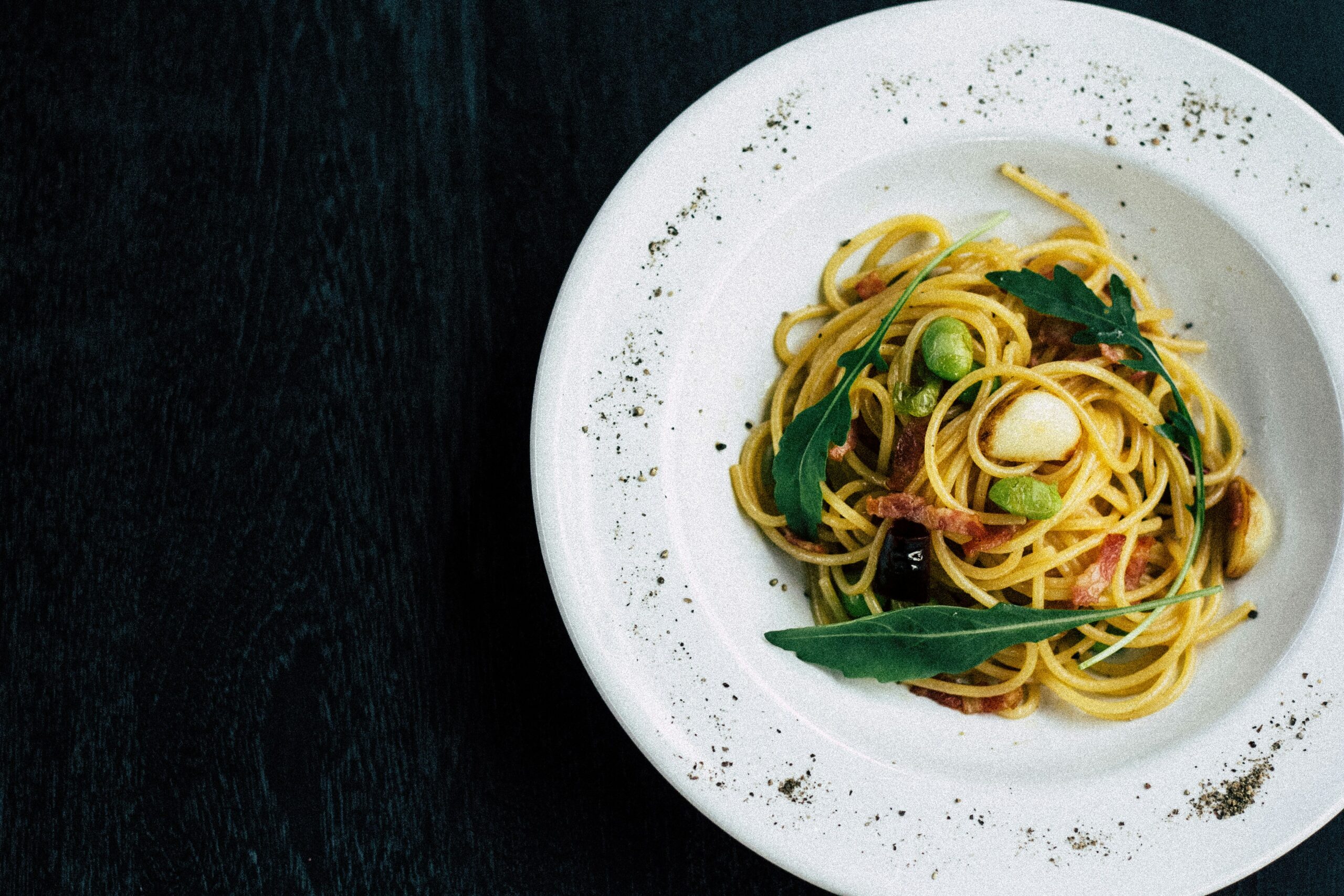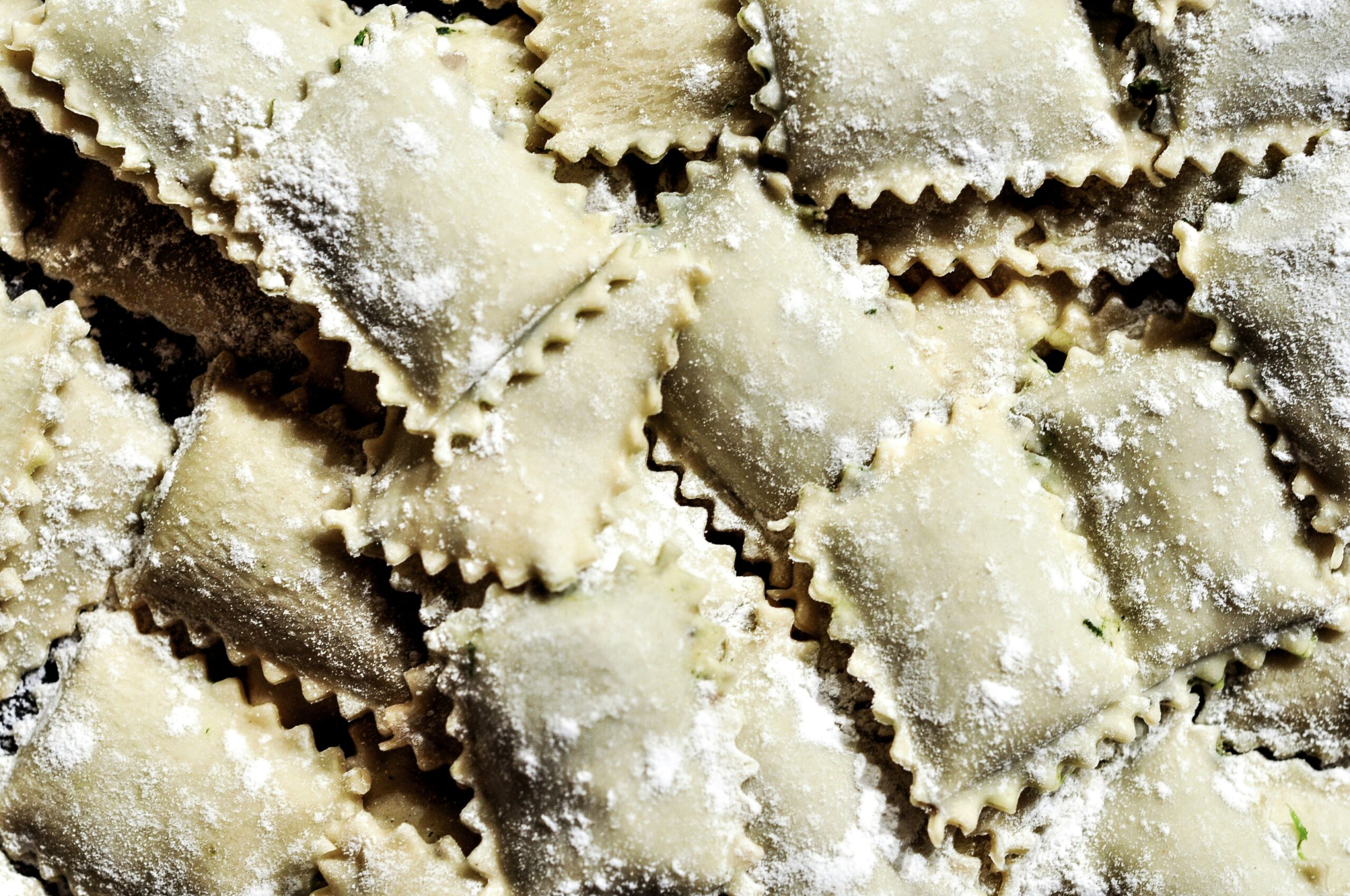Have you ever found yourself wondering how you can enjoy a delicious pasta dish without having to count carbs obsessively? If you’re following a ketogenic lifestyle, this may be a familiar question. The craving for that comforting texture and delightful flavors of pasta is a common one, but the hefty carb count in traditional pasta can pose a challenge to maintaining ketosis. Fortunately, there are numerous keto-friendly alternatives that will let you savor your favorite dishes without compromising your dietary goals. Let’s explore some options that might just become staples in your keto kitchen arsenal.

Understanding the Basics of Keto
Before we dive into the array of pasta alternatives, it helps to briefly explain the foundation of a ketogenic diet. At its core, keto is a low-carb, high-fat eating plan designed to shift your body from burning glucose to burning fat as its primary fuel source. The goal is to enter a metabolic state known as ketosis, where your body efficiently breaks down fats into ketones for energy. Consuming too many carbohydrates can disrupt this balance, so it’s crucial to find replacements for high-carb foods, such as traditional pasta.
The Role of Pasta in Meals
Pasta is a beloved ingredient that carries sauces beautifully, provides a palette for creativity, and fills your plate with a satisfying bulk. It’s not just about the noodles themselves, but the entire experience they provide—from spaghetti nights to rich lasagna. However, standard pasta is typically made from wheat and loaded with carbs, making it unsuitable for a keto diet. Finding alternatives means you can still enjoy flavorful, hearty, and diverse meals.
Exploring Keto-friendly Pasta Alternatives
Zucchini Noodles (Zoodles)
Probably the most well-known pasta alternative, zucchini noodles, or “zoodles,” are created by spiralizing fresh zucchini. They are incredibly low in carbs and have a mild taste that complements a variety of sauces.
Pros:
- Low in calories and carbohydrates
- High in vitamin C and potassium
- Quick to cook
Cons:
- Tends to release water when cooked
- Soft texture might not mimic traditional pasta “al dente” feel
How to Use Zoodles
You can prepare zoodles using a spiralizer or a julienne peeler, and they only require a few minutes to cook. Simply sauté them with a bit of olive oil until they’re tender. They pair well with marinara sauce, pesto, or creamy Alfredo sauce.
Shirataki Noodles
These noodles come from the konjac plant, native to Asia, and are sometimes referred to as “miracle noodles.” They’re essentially zero-carb and consist mostly of water and glucomannan fiber.
Pros:
- Very low in calories and carbohydrates
- Good source of fiber
- Gluten-free
Cons:
- Slightly rubbery texture
- Distinct, earthy odor when opening the package
How to Prepare Shirataki Noodles
Start by rinsing them thoroughly to remove their characteristic scent. Boil them briefly, then dry-roast in a pan for a few minutes to improve texture. Shirataki noodles can be used in Asian-style dishes or simply topped with your favorite Italian sauce.
Spaghetti Squash
Spaghetti squash gets its name from the unique way its flesh separates into long, pasta-like strands when cooked. It’s a slightly sweet, low-carb vegetable that can be baked, microwaved, or boiled.
Pros:
- Low in carbohydrates
- Contains vitamin A, C, and B vitamins
Cons:
- Takes longer to prepare
- Slightly sweet taste might not suit all sauces
Cooking Spaghetti Squash
Cut the squash in half, remove the seeds, and bake cut-side down until the flesh is tender. You can then scrape out the strands with a fork. Spaghetti squash works well with tomato-based sauces and light oils with herbs.
Eggplant
While unconventional, thin slices of eggplant can be used in layered dishes to replicate the texture of pasta. Its sturdy nature holds up well in baked dishes, such as lasagna.
Pros:
- Rich in antioxidants
- Provides fiber and nutrients
Cons:
- Requires proper preparation to avoid bitterness
- Takes on a different flavor when cooked
Using Eggplant in Recipes
For optimal results, slice the eggplant and salt it to draw out moisture and bitterness. After rinsing and drying, bake or grill it before layering in dishes. Eggplant can act as an excellent base for robust sauces and cheeses.
Cabbage or Lettuce Noodles
For a low-carb alternative that’s extremely budget-friendly, consider using cabbage or lettuce. Cabbage, in particular, has a heartier texture, similar to noodles when sliced finely.
Pros:
- Affordable and readily available
- High in vitamins K and C
Cons:
- Taste can overpower mild dishes
- Requires slicing and blanching
Incorporating Cabbage or Lettuce
Use a sharp knife to slice cabbage or lettuce into thin, noodle-like strips. Blanch cabbage in boiling water briefly to soften it. Cabbage noodles go beautifully with Asian stir-fry recipes or slathered in heavy cream sauces.
Almond Flour and Coconut Flour Pasta
If you miss the actual pasta-making process, you might enjoy making pasta from scratch using almond or coconut flour blends. These flours are low in carbs and rich in healthy fats.
Pros:
- Mimics traditional pasta texture more closely
- Provides healthy fats and fiber
Cons:
- Requires more effort and ingredients
- Higher in calories than vegetable alternatives
Making Flour-based Keto Pasta
Combine almond or coconut flour with eggs and cheese to form a dough, then roll out and cut into the desired shape. These pastas hold up remarkably well in creamy sauces or as the base for a classic carbonara.
Cauliflower
Cauliflower is the king of versatility on keto, often transformed into rice, pizza crusts, and even gnocchi-style pasta. It takes on flavors well, making it a versatile ingredient.
Pros:
- Low in carbs
- High in vitamin C and fiber
- Versatile for different recipes
Cons:
- Requires processing into desired form
- Might not replicate the exact texture of regular pasta
Creating Cauliflower-based Pasta
Steam or microwave cauliflower before mashing or processing into a dough-like consistency. It can be formed into gnocchi or flat sheets for lasagna. This option pairs well with both heavy cream and cheese-based sauces.
Seaweed Noodles
A unique alternative, seaweed noodles, are made from sea vegetables and boast several health benefits, including a variety of minerals and vitamins not commonly found in other alternatives.
Pros:
- High in iodine and other micronutrients
- Very low in calories and carbohydrates
Cons:
- Distinct seaweed flavor that might not appeal to everyone
- Limited availability in some areas
Cooking with Seaweed Noodles
These noodles are typically found in Asian markets and require a short session in boiling water to soften. They’re excellent in salads, stir-fries, or paired with rich, savory sauces to counterbalance their oceanic taste.
Table of Essential Keto Pasta Alternatives
| Pasta Alternative | Carbohydrates (per serving) | Key Characteristics | Best Used With |
|---|---|---|---|
| Zucchini Noodles | ~3g per cup | Mild taste, quick to cook | Marinara, Alfredo |
| Shirataki Noodles | ~0g per pack | Slightly rubbery, gluten-free | Asian dishes, Pesto |
| Spaghetti Squash | ~5g per cup | Slightly sweet, pasta-like strands | Tomato sauces |
| Eggplant | ~5g per cup | Sturdy, layers well | Baked dishes |
| Cabbage or Lettuce | ~2g per cup (cooked) | Hearty, high vitamin content | Stir-fries, Cream sauces |
| Almond/Coconut Flour | Varies | Similar texture to pasta | Carbonara, Cheese sauce |
| Cauliflower | ~5g per cup | Versatile, takes on flavors well | Gnocchi, Lasagna |
| Seaweed Noodles | ~1g per pack | Slightly oceanic taste | Salads, Rich sauces |

Tips for Enhancing Alternative Pasta Dishes
Flavor Boosters
While flavoring the pasta itself can be tricky since some alternatives might not have a pronounced taste, you can focus on making the sauces irresistibly flavorful. Incorporate basil, oregano, garlic, and quality olive oil to enhance the experience. Don’t forget the power of cheese—Parmesan, mozzarella, and cheddar can add richness and depth.
Texture Improvements
Improving the texture can be as simple as how you prepare your noodles. For example, briefly roasting shirataki noodles can make them less rubbery, while salting eggplant or zucchini can reduce their water content and improve their bite.
Cooking Techniques
Different cooking techniques yield various textures and flavors, so don’t shy away from experimenting. Sauté lightly for a fresher, crisper feel or bake with a sauce for a more integrated and traditional “cooked pasta” experience. Remember that timing is key—overcooking can lead to mushy results, especially with vegetable-based alternatives.
Final Thoughts
Transitioning away from traditional pasta doesn’t mean you need to compromise on flavors or the joy of hearty, fulfilling meals. By embracing these keto-friendly pasta alternatives, you can continue to enjoy your favorite dishes while maintaining your health and dietary goals. Each alternative offers unique attributes, so it might be worth trying several to find the one that best suits your palate. Enjoy the culinary journey and the health benefits that come along with it!
Whether you’re indulging in a classic Italian-style dish or crafting an innovative fusion, exploring these alternatives can transform the way you perceive pasta nights forever. So, which keto-friendly pasta will you be trying first in your kitchen?


